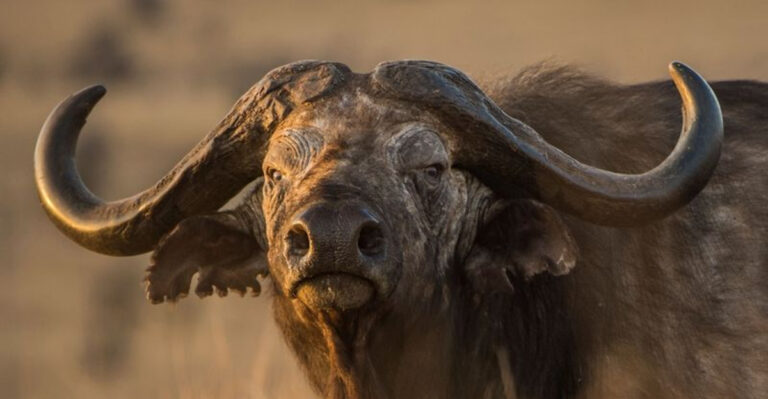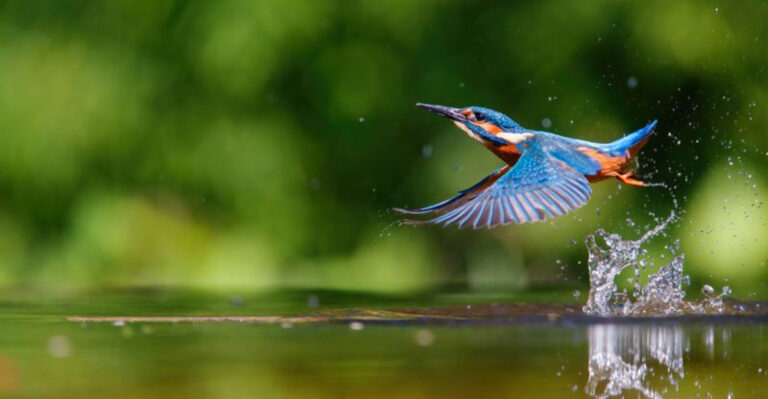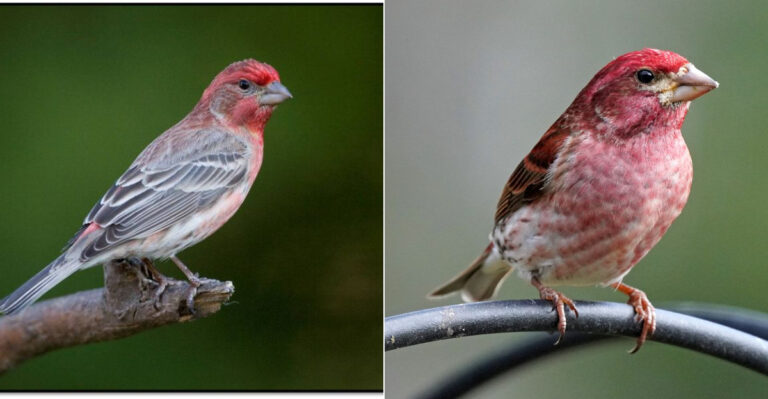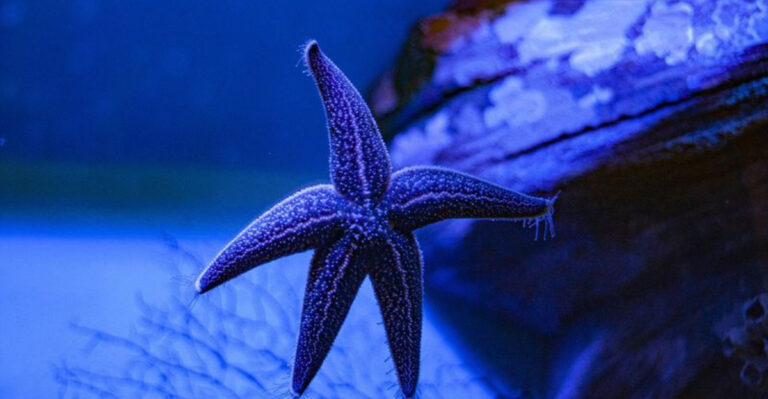The 11 Largest Snake Species You Can Find In South America
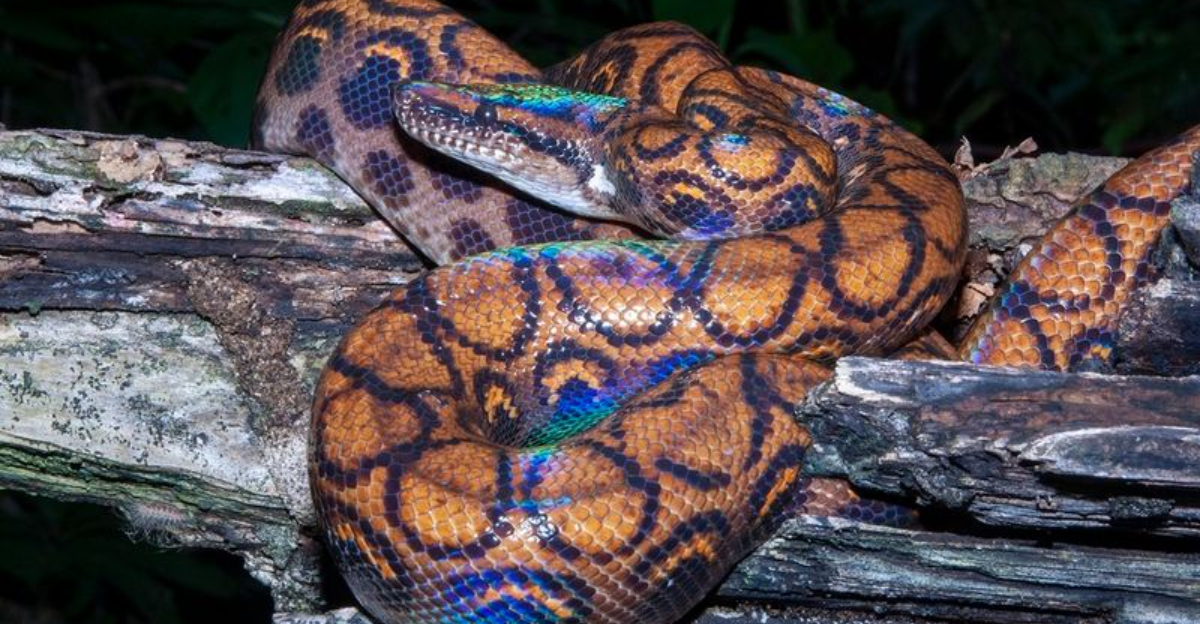
South America’s lush rainforests and diverse ecosystems harbor some of the world’s most impressive snakes. From massive constrictors lurking in murky waters to colorful tree-dwellers high in the canopy, these serpents have adapted to thrive in various habitats across the continent.
Whether you’re a wildlife enthusiast or simply curious about these fascinating reptiles, these twelve giants showcase the remarkable diversity of South America’s snake population.
1. Green Anaconda
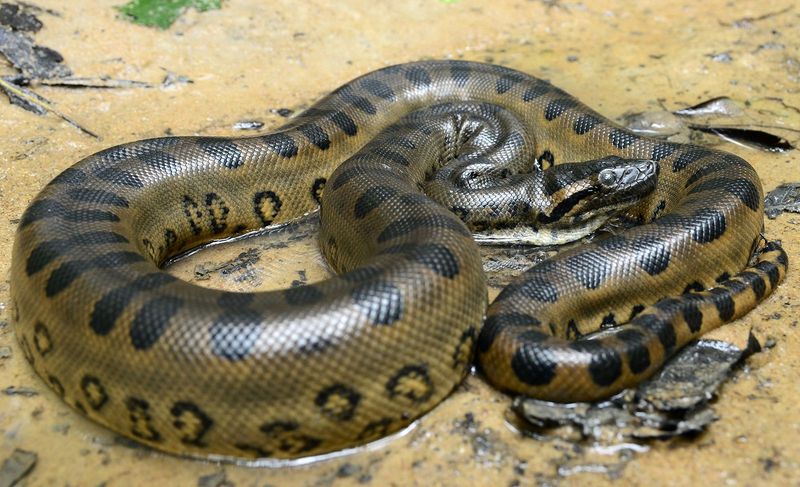
The undisputed heavyweight champion of the snake world! These massive predators can swallow capybaras whole and have even been known to take down caimans. Their olive-green bodies with black spots provide perfect camouflage in murky waters.
Primarily aquatic, green anacondas spend most of their time submerged with just their eyes and nostrils above water, patiently waiting for unsuspecting prey to pass by.
2. Northern Green Anaconda
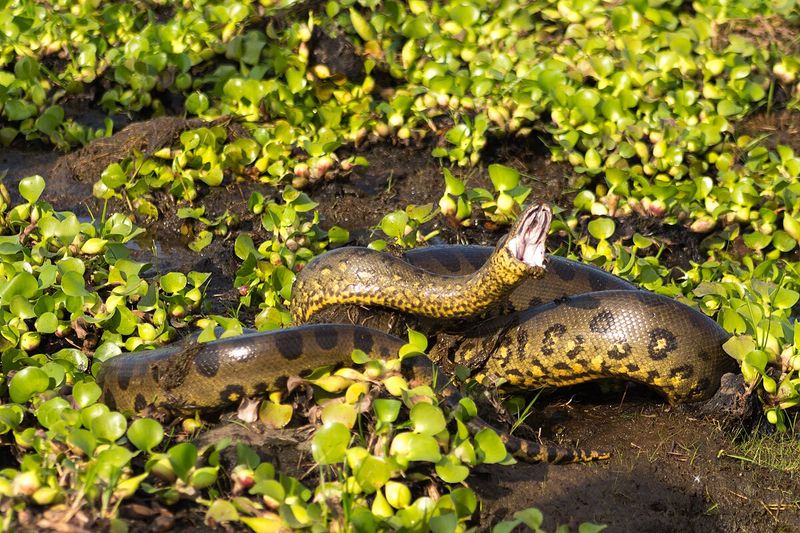
Recently discovered in 2024, this colossal serpent has rocked the scientific world. Weighing twice as much as its southern cousin, the northern green anaconda represents an evolutionary marvel hiding in plain sight for centuries.
Genetic testing revealed this distinct species thrives in northern South America’s remote waterways, challenging our understanding of how such massive creatures could remain scientifically undocumented until now.
3. Yellow Anaconda
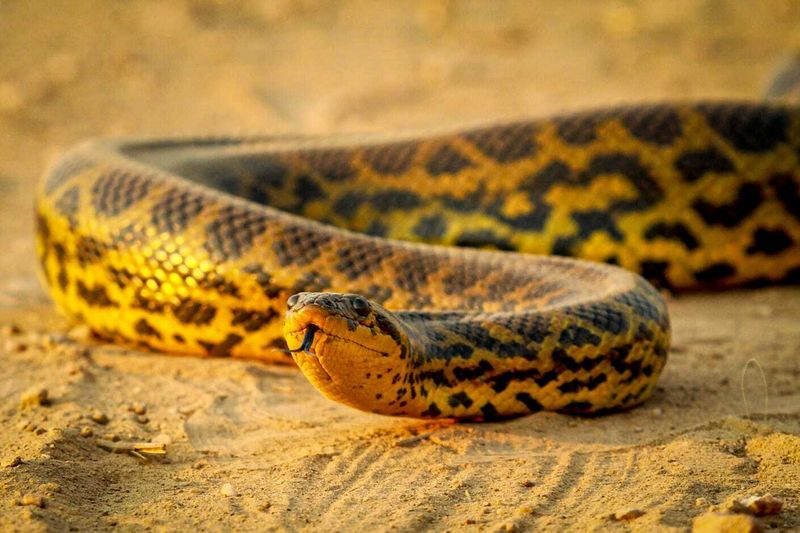
Don’t let its ‘smaller’ size fool you! While not as massive as its green relatives, the yellow anaconda still ranks among South America’s most formidable predators. Its striking yellowish-brown body adorned with complex black patterns makes it unmistakable.
Masters of the southern wetlands, these snakes excel in both swimming and terrestrial hunting, giving them versatility that few other large constrictors possess.
4. Boa Constrictor
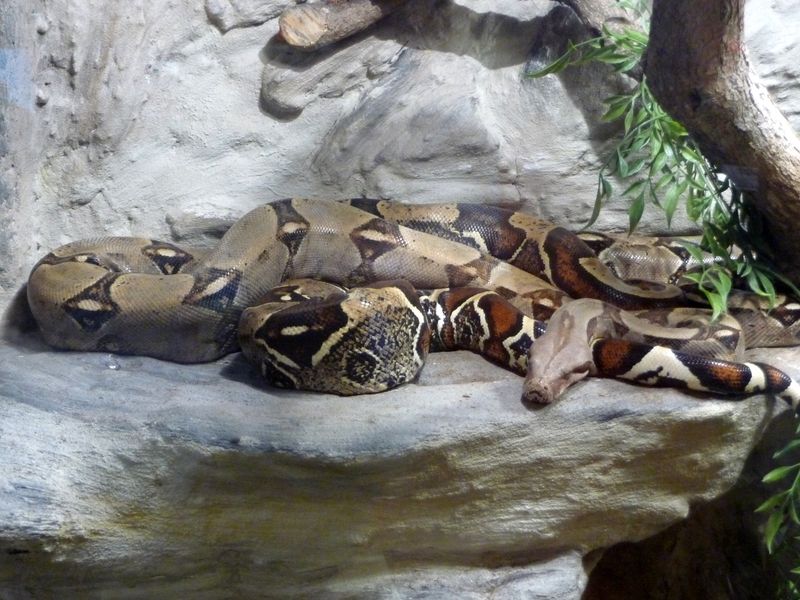
Perhaps the most recognizable name in the snake world, these iconic constrictors boast remarkable adaptability. From rainforests to semi-arid regions, boa constrictors have conquered diverse South American habitats with their muscular frames and patient hunting strategy.
Unlike many other giant snakes, boas give birth to live young rather than laying eggs, with females producing litters of 10-65 baby snakes!
5. Bushmaster
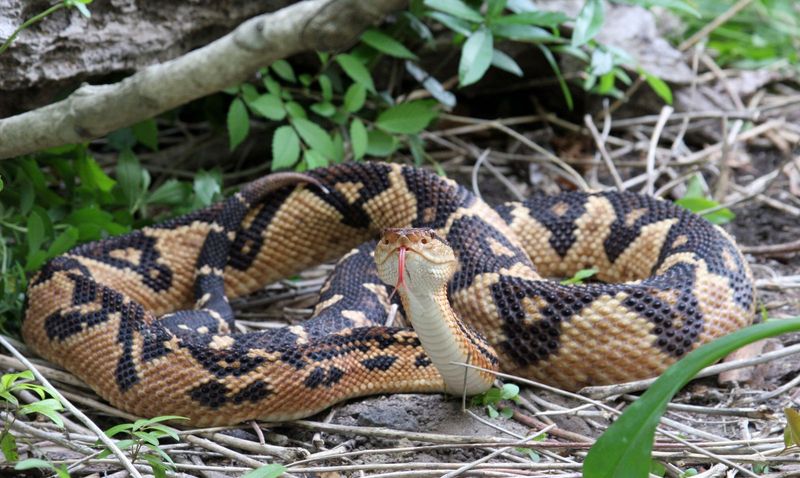
Meet South America’s venomous giant! While most massive snakes rely on constriction, the bushmaster breaks the mold with deadly hemotoxic venom delivered through impressive fangs. Indigenous peoples call it the “silent death” for its stealthy hunting approach.
Unlike many venomous species, bushmasters lay eggs rather than giving birth to live young. Their reclusive nature makes encounters with humans fortunately rare.
6. Tiger Rat Snake
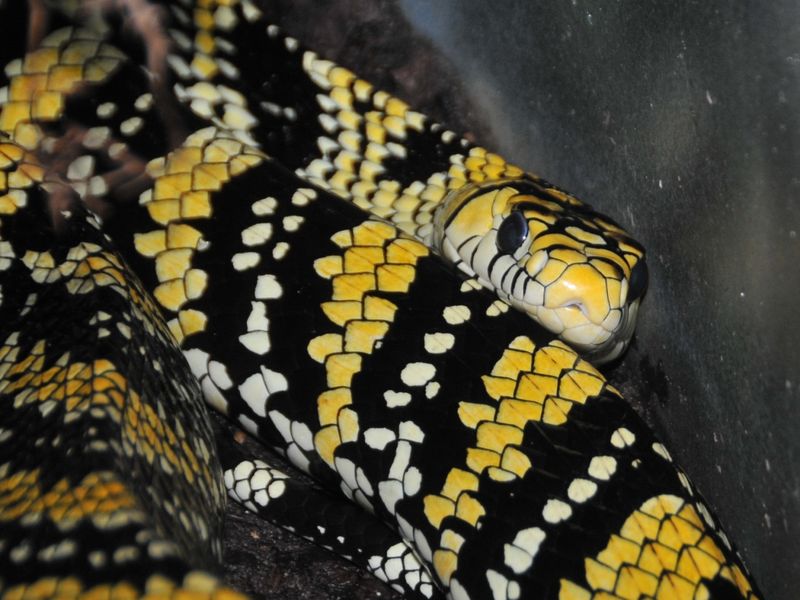
Racing through the forest canopy, these boldly-patterned hunters are the cheetahs of the snake world. Their striking yellow and black coloration serves as a warning to potential predators rather than camouflage.
Despite their intimidating size and appearance, tiger rat snakes are non-venomous and primarily feed on rodents and birds. When threatened, they’ll inflate their necks and vibrate their tails against leaves, mimicking a rattlesnake.
7. Dark-Spotted Anaconda
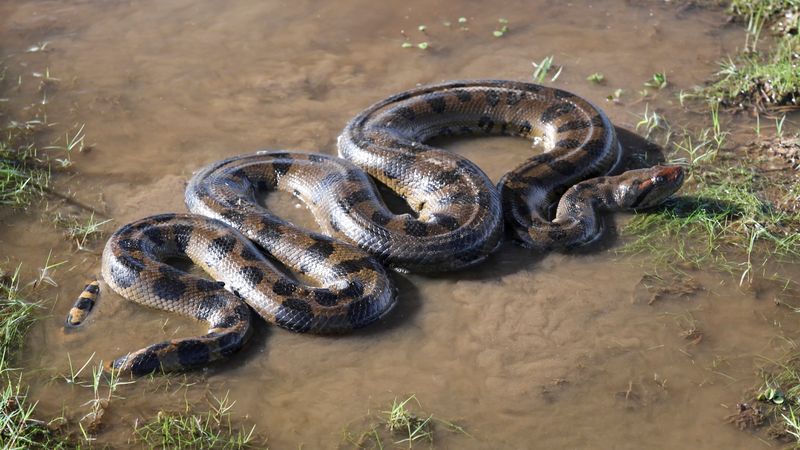
The mysterious member of the anaconda family remains largely unknown even to snake enthusiasts. Limited to specific regions of northern Brazil and French Guiana, these elusive constrictors prefer remote, undisturbed wetlands far from human settlements.
Though smaller than their famous cousins, dark-spotted anacondas employ the same deadly constriction technique, patiently ambushing prey from concealed positions in shallow water.
8. Rainbow Boa
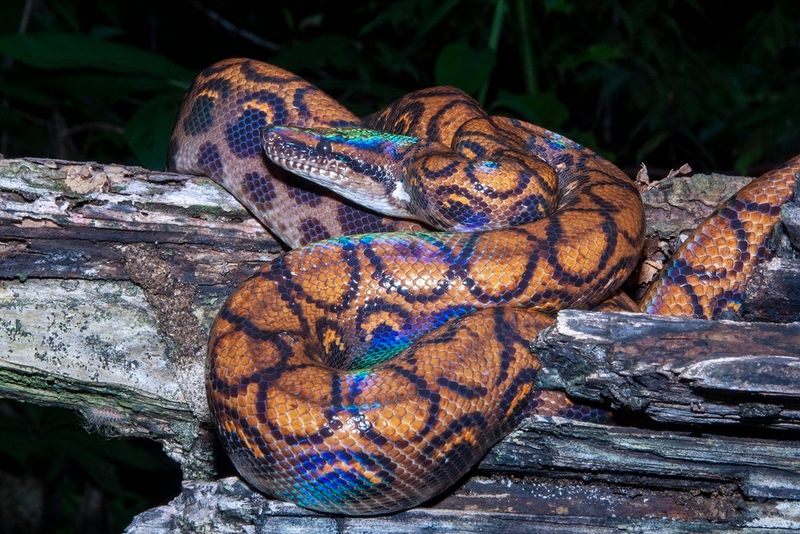
Sunlight reveals the true magic of these medium-sized constrictors! Their scales refract light like tiny prisms, creating a mesmerizing rainbow effect that has captivated both indigenous cultures and modern snake enthusiasts.
Beyond their breathtaking appearance, rainbow boas possess heat-sensing pits that allow them to detect warm-blooded prey in complete darkness. This gives them a significant hunting advantage in their forest habitats.
9. Emerald Tree Boa
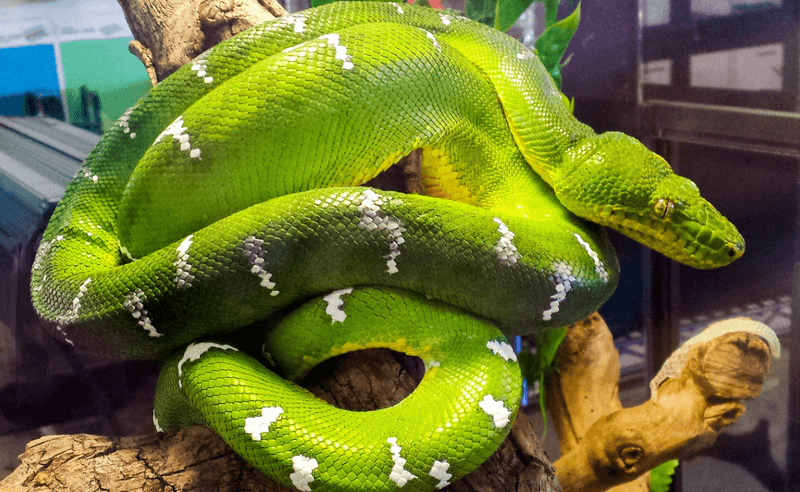
Coiled like living emeralds high above the forest floor, these stunning arboreal hunters epitomize evolutionary perfection. Their brilliant green coloration provides perfect camouflage among tropical foliage, while white zigzag patterns mimic sunlight dappling through leaves.
Heat-sensitive pits line their lips, allowing them to detect warm-blooded prey in absolute darkness. Their specialized vertebrae enable them to extend outward horizontally from branches—a feat few other snakes can manage.
10. Amazon Puffing Snake
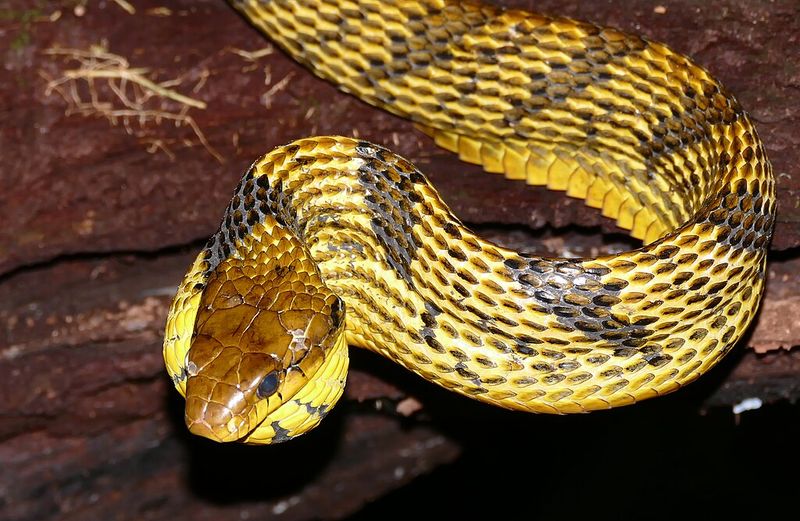
When threatened, these impressive serpents transform dramatically! Their neck expands to nearly triple its normal size, accompanied by loud hissing and mock strikes designed to intimidate potential predators.
Despite this fearsome display, Amazon puffing snakes are non-venomous and primarily feed on rodents. Their bright yellow coloration serves as a warning to would-be attackers, an example of Batesian mimicry in the snake world.
11. False Water Cobra
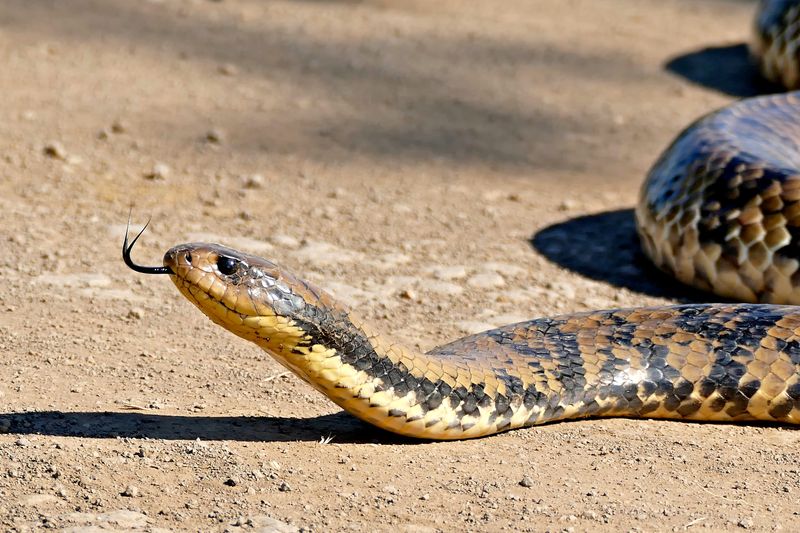
Nature’s master of deception! When confronted, these snakes flatten their necks into a hood reminiscent of true cobras, complete with intimidating posture and aggressive hissing. This bluffing behavior often convinces potential predators to seek easier prey.
Despite their name and appearance, false water cobras aren’t true cobras at all. They possess mild venom delivered through rear fangs, primarily used to subdue frogs and fish in their wetland habitats.

